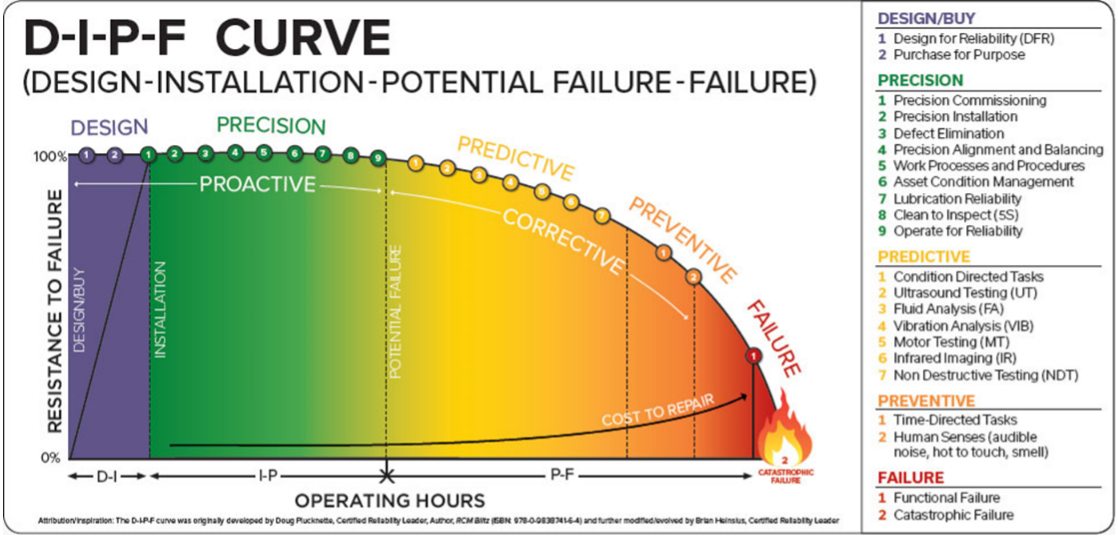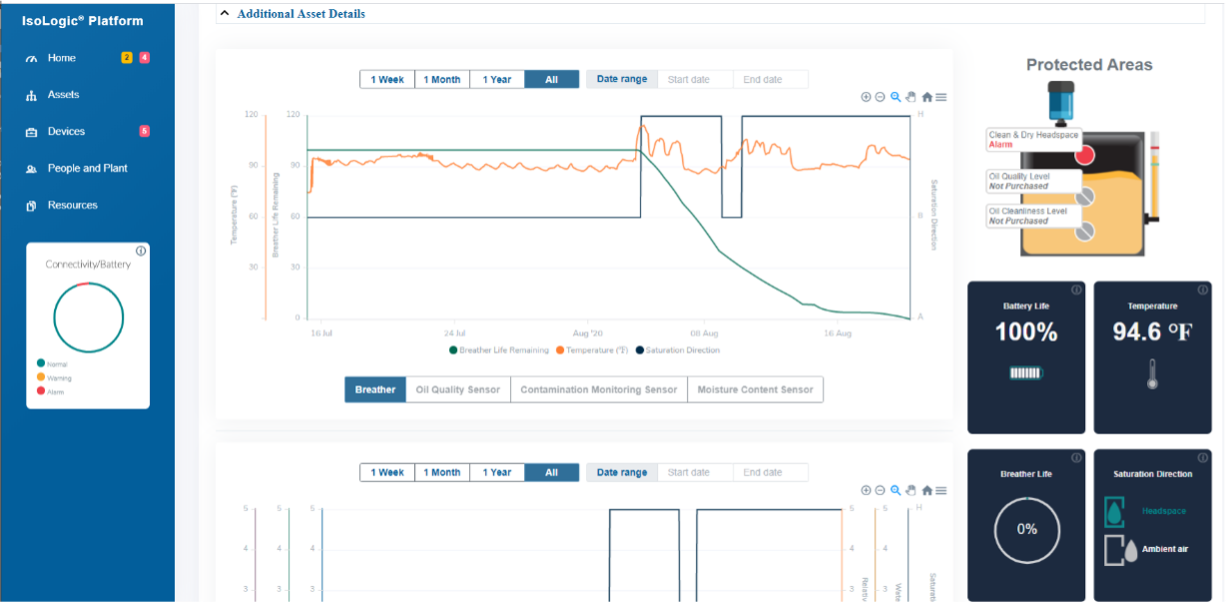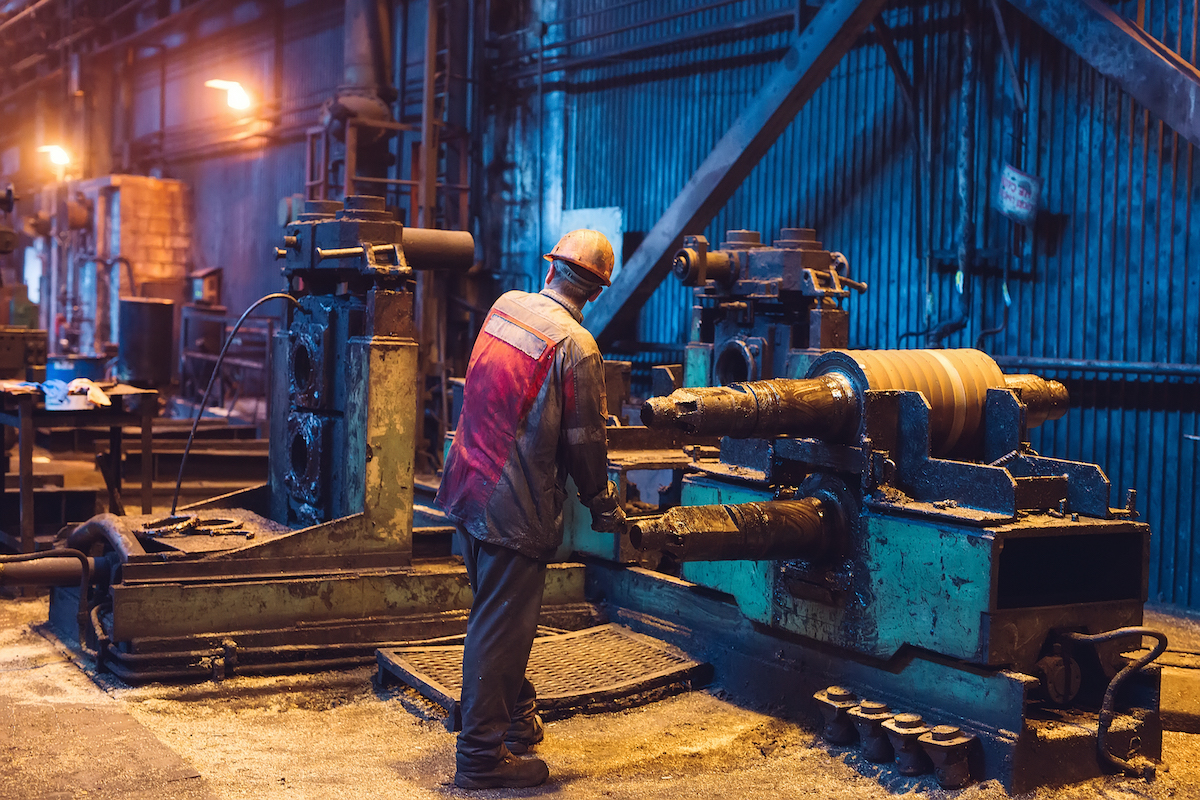Making an Aged Plant Ready for Smart Manufacturing with Lubrication Sensor Technology
Many plants within the United States have been around since that late 1940’s, if not earlier with the industrial revolution. An industrial challenge we are facing is finding ways to keep these aged, old plants running with the technology they were built with. Even though approximately 15% of all machines wear out due to age, 70% of all equipment fail due to surface degradation. Protecting equipment can be simple with a fundamental understanding of how machines fail, and how to prepare with tools to extend equipment reliability a.k.a., equipment life.
It is not uncommon for companies to expand capital investments into brownfield plants more often than greenfield operations because of the cost of start-up. Also, organizations and equity firms require a return on investment within the first three to five years or sooner. That said, it is essential to leverage technology and allow it to work for us rather than chasing equipment failures. Selecting the right technology to enhance a plant’s performance is key. It is well known lubrication reliability is one of the first areas, besides equipment design, where equipment reliability can be increased, as noted in Figure 1 (ReliabilityWeb). More often than not, equipment reliability can be extended three to eight times by implementing a contamination control strategy, beginning with pre-filtering lubricants when they arrive onsite, sealing and protecting hydraulics, gearboxes and pumps while in-service, purifying the oil while in-service, viewing and assessing the oil condition and lastly, monitoring and diagnosing lubrication problems that may lead to failure.

Figure 1. Design to failure curve with respect to cost of repair
IIoT-Enablement for Smart Manufacturing
A McKinsey & Company study showcased that 50% of all business applications will be IIoT-enabled by 2024, with an expected reduction in maintenance costs by 20% and unplanned machine outage by 50%. While there have been sensors that have been out in the field for years, only about 1% of those sensors are actually being used to make business decisions. This is key. Focusing on the right sensors that add value will provide your plant the ability to stay running, as well as extending service life of these older machines.
Utilizing sensors that detect proactive conditions (green zone) within a machine is essential as well. Typically, a connected desiccant breather can detect when normal operating conditions change and immediately alert an engineer or manager about the conditions. When these conditions trigger, action is immediately taken, and the data is reviewed. By staying connected to the machine, action items are not overlooked nor forgotten. Furthermore, other sensors can be used to communicate lubricant health data. This data drives proactive maintenance and sustainability for an organizations lubrication program. In addition, this data is collected for historical cross references with oil analysis data to remotely diagnose lubricant health, extensive machine wear or machine failure.
Reducing the Probability of Machine Failures
The value from proactive IIoT solutions continues to reduce the probability of failures. A failure could cost an organization hundreds of thousands when downtime costs are included. Another study showed that three types of events may occur: severe failure, moderate repair and minor corrective action. Each of these have a probability of occurring and the weighted cost of the probability can be expensive. You may ask what constitutes each of these types of events, and we define a severe failure as inoperability, a moderate repair as an oil change and minor corrective action as conditioning the lubricant inside the machine such as periodic filtration. For simplicity’s sake, we have spread the probability over the three categories and allocated each event as 20%, 30% and 50%, respectively. While these all have a weight cost to them, we can add up the weighted values for a total cost. For a specific customer, this came to be approximately $33,000. With proactive IIoT solutions, we can shift the probabilities toward a higher minor corrective action and lower severe failure and moderate repair because the risk has been reduced. With insight into the lubricant health of the machine, these probabilities are now 5%, 10% and 85%, respectively. This shift provides a total cost of an event to be approximately $11,000 which is a $22,000 reduction in overall costs for an event.
Sensors coupled with real-time remote monitoring provide data within the palm of your hands and increases value outside of the normal 8-hour day. Machines run 24/7 and lubricant degradation happens all the time. Managing contamination and monitoring lubricant health is the key to keeping aged plants running without exposure to the severe failure risk, as shown in Figure 2. It seems like there is much to gain from leveraging technology. Is your old plant ready to feel new again?

Figure 2. Real-time monitoring of the headspace of an asset
About the Author
 This article was written by Ed Duda. He is technical Consultant for Des-Case Corporation in Goodlettsville (Nashville), TN. Prior to joining Des-Case, Ed was a Process Engineer for Freeport-McMoRan Inc. He has worked in several roles focused on change management, project management and operational excellence. Ed holds a Bachelor of Science degree in chemical engineering from Michigan Technological University, holds ICML certifications (MLT I, MLA I and MLA II), is a Certified Reliability Leader (CRL) from ReliabilityWeb and is a certified maintenance and reliability professional (CMRP) from SMRP (Society for Maintenance and reliability professionals).
This article was written by Ed Duda. He is technical Consultant for Des-Case Corporation in Goodlettsville (Nashville), TN. Prior to joining Des-Case, Ed was a Process Engineer for Freeport-McMoRan Inc. He has worked in several roles focused on change management, project management and operational excellence. Ed holds a Bachelor of Science degree in chemical engineering from Michigan Technological University, holds ICML certifications (MLT I, MLA I and MLA II), is a Certified Reliability Leader (CRL) from ReliabilityWeb and is a certified maintenance and reliability professional (CMRP) from SMRP (Society for Maintenance and reliability professionals).



